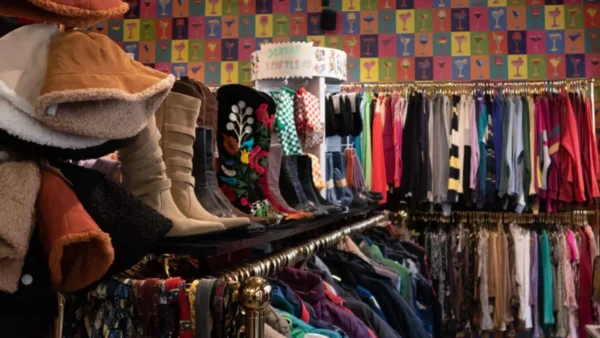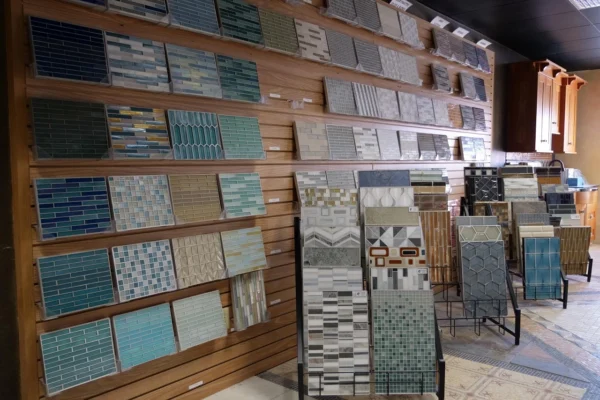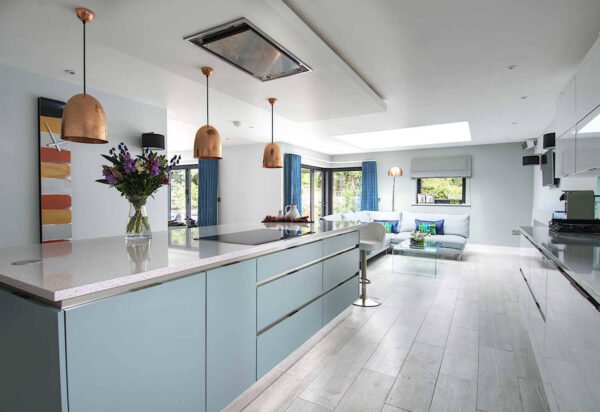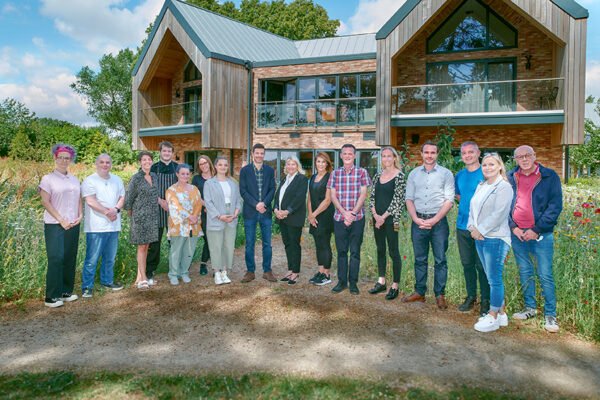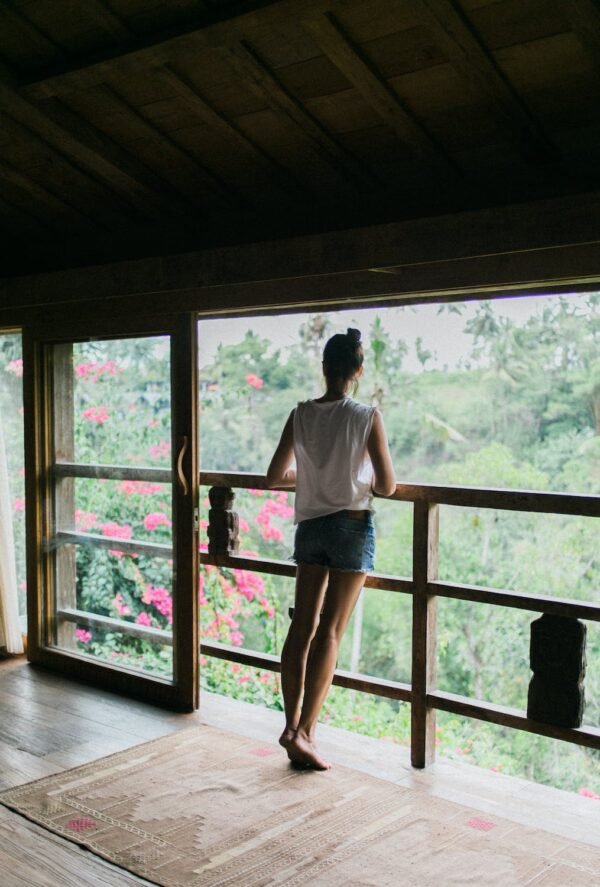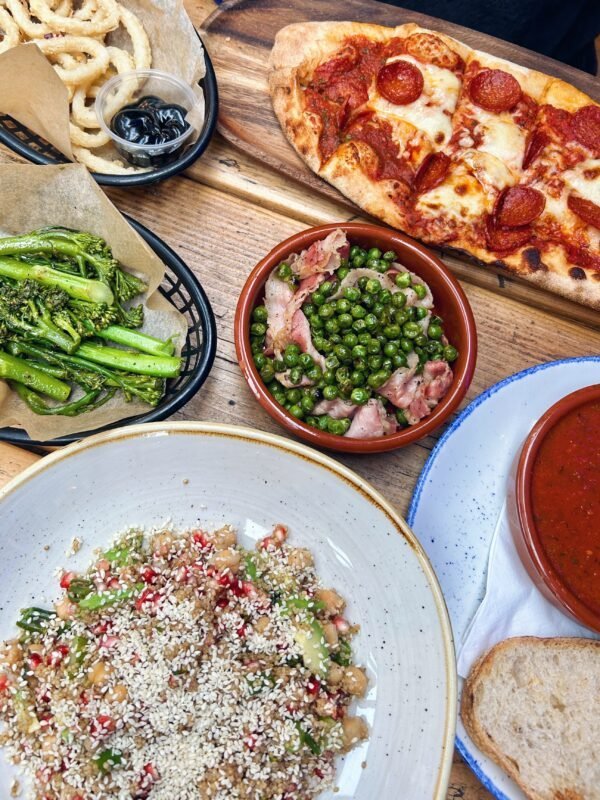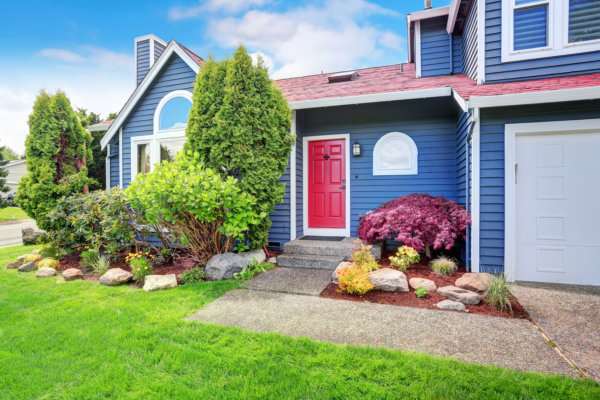
The 7 Easiest Ways to Boost the Value of Your Home

You know what they say: a home is where the heart is.
But what if your heart is in that lovely new build two streets down — the one that just stretches past your budget?
Of course, you’ll need to sell your current house before you can move into your dream home. But if you’re really honest with yourself, the faulty shower and threadbare carpeting you’ve become accustomed to isn’t going to do you any favours when you’re haggling for the best price.
“A lot of homeowners jump into radical changes to their home assuming that they’ll improve the house’s value,” says Ian Greenhalgh from home glass replacement specialists Cloudy2Clear, “Often, though, smaller cosmetic changes can have just as significant an impact on the value and cost far less to implement.”
Thankfully, improving the value of your home could be simpler than you think. The experts at Cloudy2Clear have identified some of the easiest ways to boost your selling price and secure the new home you want.
1. Upgrade your kitchen
The kitchen is often called the heart of the home.
It should also be the heart of your sales strategy because it’s the number one thing that buyers consider when making a decision about whether or not to buy. For the same reason, the kitchen will dictate how much you can realistically get for your house on the market, so it’s worth a little TLC.
Thankfully, you don’t need to do a full overhaul of your kitchen to drive up value. Consider minor kitchen remodeling projects. Start with some cosmetic upgrades:
- New tap fixtures — Waterfall basin taps are in vogue at the moment and will give your kitchen a contemporary feel. You may shop at your local interior kitchen showroom for new kitchen fixtures.
- New cabinet handles — Chrome handles work well on black
- New cabinet doors — Invest in something denser so they feel sturdier and secure
You can also vastly improve the perceived value of your kitchen by adopting a black-and-white colour scheme. So-called ‘tuxedo’ kitchens are particularly popular at the moment, which could mean your home is in higher demand. Give your kitchen a fresh lick of paint and it could quickly add to your value estimate.
If you’re willing to invest a little more, consider replacing the countertops in your kitchen. Installing new worktops costs from between £25 to £200 per metre, depending on your location and the material you choose.
To keep costs down but impact high, you can get laminate worktops that are designed to look like granite and marble, which work to add an illustrious quality to your kitchen.
2. Landscaping
First impressions count.
And when it comes to your house, that first impression will be dramatically impacted by the state of your garden.
The key to getting this right is to start small. Here are a few things you could do right away that will do wonders for that first impression:
- Remove weeds
- Get rid of driveway mould
- Dispose of any dying plants
- Add some low-maintenance flowers or buy some turf for sale
- Mow the lawn and trim the edges
These things might seem like simple maintenance, but you need to get them right before you consider some of the bigger investments. That ornate rockery might ooze sophistication but rogue weeds will undermine that investment.
Once you’ve nailed the basics, you might want to consider larger changes. While a full landscaping project could be as much as £7,000, you might see a similar benefit from simply adding one of the following features instead:
- Patio (around £800)
- New lawn (£500 if you have to replace a patio to do it, less if you just need turf)
- Decking (up to £1,000)
- Rockery (around £350)
Not sure what to prioritise? Have a look at other properties that have recently sold in your area to see what they have and how much they went for.
3. Replace your front door
If the state of a person’s shoes tells you a lot about them, so too does the front door of a house tell you about what to expect inside.
In fact, experts say that your front door could add thousands of pounds to your home value.
Your front door matters. If it’s worn, grainy and the kind of off-white that’s less eggshell than egg yolk, you might be losing some potential buyers before they even step into your hallway.
For a front door that sells, start with the material. Timber is cheap but you can feel that upon the first knock: it feels insecure. Instead, invest in a stronger, heavier material like hardwood or composite.
What works best for your house will depend on its style. Older homes will be better served with rich oak, for example, whereas contemporary styles could execute aluminium well.
Once you’ve found the right material, consider what colour you want your door to be. Forbes found that of all colours you could choose, black is the best for increasing your house’s selling price. You should avoid colours like yellow, green and brown.
High-quality front doors can cost around £500. If you don’t want to install the door yourself, it’s a couple of hours labour costs on top of that.
4. Get some new lighting
What’s the point in having a beautiful home if you don’t have the lighting to show it off?
Improving the lighting of your home is one of the simplest ways to boost the sales price. Done well, it brightens up those more enclosed spaces so that your home feels bigger and more vibrant.
The first thing you should do is to replace any faulty fixtures. You can test fixtures by switching off the power and applying a resistance meter to the socket. If the resistance is zero, you have a short, so invest in replacing those fittings. You’ll be able to install them yourself with a little research, but if you’re short on time, commercial electrical contractors usually charge between £40 and £60 per hour.
Next, invest in some new bulbs. Be strategic about what you want to go where: for big, open rooms, cool-coloured high-wattage bulbs will do a fantastic job of making that space feel full of life. For smaller, ‘cosier’ rooms, go for something warmer.
You can find out whether a bulb has a ‘cool’ or ‘warm’ temperature by checking their colour temperature (usually displayed on the box). Lower temperatures — between 1700k to about 3500k — are warmer, whereas temperatures above that are cooler.
5. Replace old appliances
When people say they like old homes because of the ‘sense of history’ they have, they don’t mean they’re looking for a decrepit washing machine from the 1970s to complete the aesthetic.
However old your house is, the technology inside it should be as up to date as it can be. Constant improvements in energy efficiency mean that the same appliances that led the pack ten years ago are way behind today. All of that can detract from your final selling price.
Take stock of all the appliances in your home. Jot down how old they are if you know. If there are any appliances that have been there since before you bought the house, check through the old inventory you’ll have received when making the purchase and check to see whether the age of those appliances was recorded.
As a rule of thumb, you should consider replacing any appliance that’s older than ten years. Even if they still work fine, they won’t look good upon valuation and could bring your asking price down.
Depending on how many appliances you need replacing, you should expect to pay between £200 and £1,000 to make all the replacements you need to.
6. Add a fresh lick of paint
This one’s pretty simple but it can have a surprising impact on your asking price.
Fresh paint in a house does two things: it gets rid of any marks on the walls that might make the house feel worn out, and it can brighten up rooms which otherwise feel neglected.
When choosing the right paint, it’s safest to go for neutral colours. Egg-shell white and magnolia do well, but if you want to push the boat out, try pale grey to highlight certain rooms. Using grey is a great way to make your home stand out from others on the market without risking putting anyone off.
If you do repaint, it’s better to do every room than just a select few. When you repaint, you establish a new normal, so rooms that previously looked fine will start to look messy or uninspired in comparison.
7. Replace broken or faulty windows
Chances are that if you’ve ever smashed a window in your house, you’ve replaced it pretty quickly.
However, a lot of homeowners can miss less obvious signs of malfunction that can be harmful to the value of their property.
One of the key signs to look out for is if a window frequently fogs up. This can happen when double glazing is incorrectly installed, leaving a gap between the pane and the frame that moisture can get into.
When this moisture heats up, it can turn into condensation between the two panes of glass. This gives buyers the false impression that the house isn’t properly ventilated or has a problem with damp. All of that spells disaster for your house value.
The best approach with these windows is to find a window replacement specialist who can replace the glass panes without having to replace the frames, too, as this drives the cost of labour up.
Once done, you can dispel all doubts about the structural integrity of your home, boosting your home value with minimum investment.
Get the price you want
While loft conversions and restructures can add significant value to your home, these easy alternatives can still do just as good a job without demanding such a costly investment.
By making small changes when the time is right and maintaining your home as you go, you can ensure that you get the price you want for your home when it comes time to sell.







